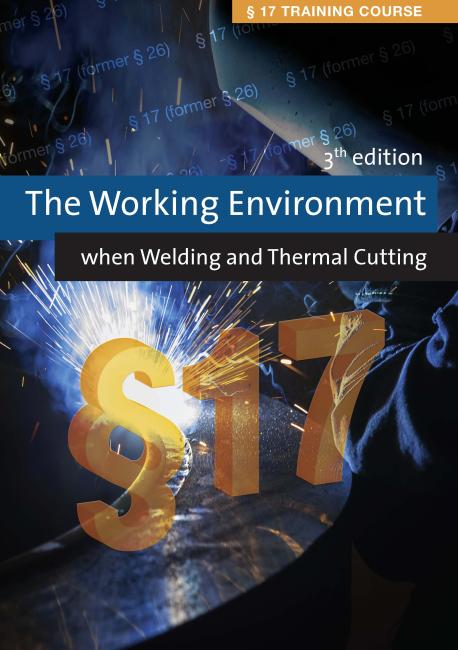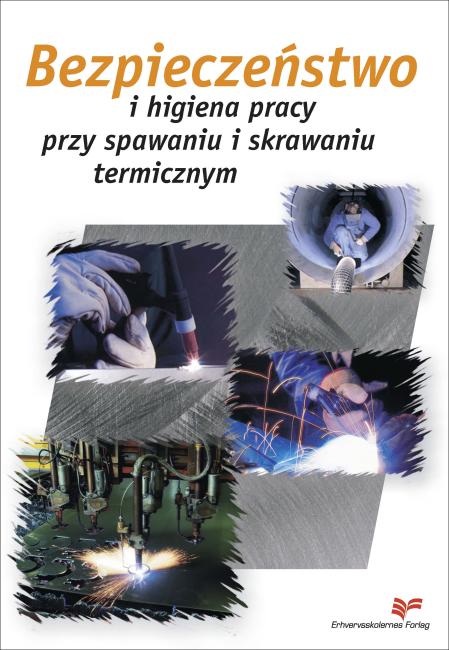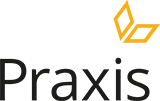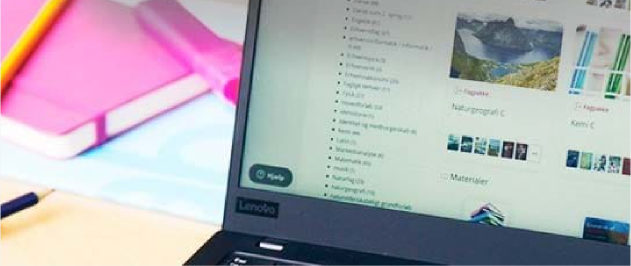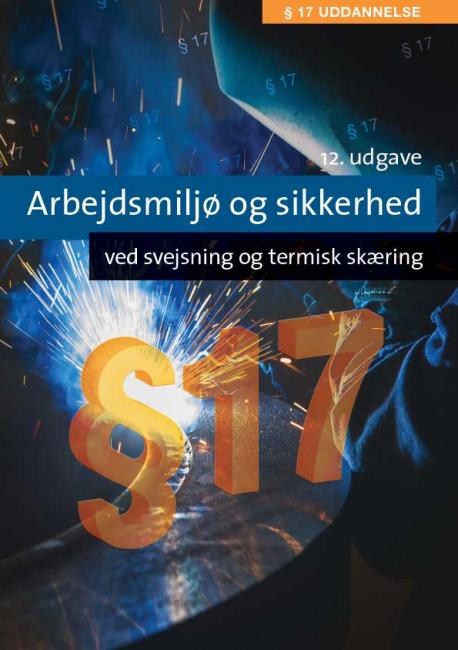
Arbejdsmiljø og sikkerhed
Når du køber en tidsubegrænset elevlicens, modtager du en aktiveringskode.
Når du køber en tidsubegrænset lærerlicens, modtager du en aktiveringskode.
- Beskrivelse
- Yderligere info
- Downloads
Svejsning og termisk skæring udgør en sundhedsrisiko og er derfor underlagt et krav om en særlig uddannelse.
Ifølge At-bekendtgørelse nr. 1795 af 18. december 2015: 'Bekendtgørelse om foranstaltninger til forebyggelse af kræftrisikoen ved arbejde med stoffer og materialer' må svejsning, termisk skæring og slibning i tilknytning hertil kun udføres af personer, der i henhold til § 16 (tidl. § 25) har fået instruktion om sikkerheds- og sundhedsmæssige problemer og foranstaltninger i forbindelse med arbejdet, og som i henhold til § 17 (tidl. § 26) har gennemgået en særlig uddannelse benævnt 'Arbejdsmiljø og sikkerhed ved svejsning og termisk skæring'.
Dette hæfte indeholder alt, hvad der er nødvendigt at vide i forbindelse med § 17-uddannelsen.


